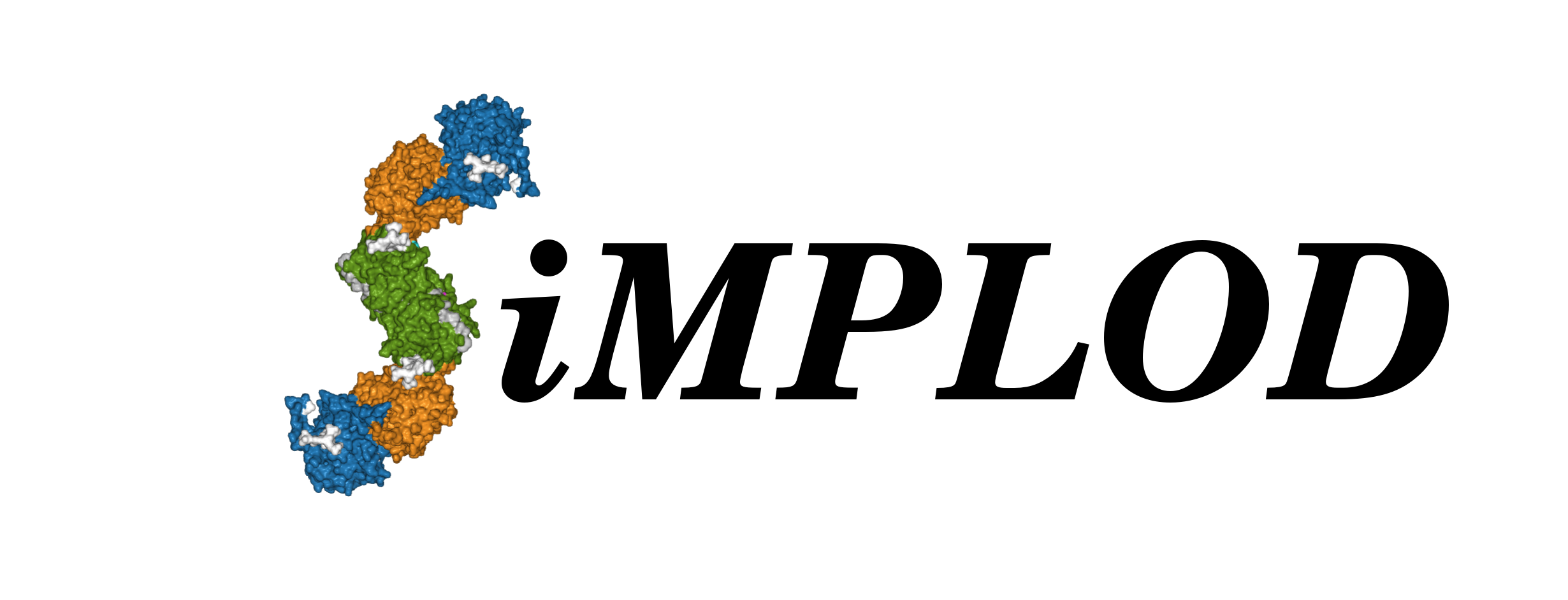 About
Contact
References
Structures
Adv. Search
Stats
Demo
About
Contact
References
Structures
Adv. Search
Stats
Demo
| LH1 ASN402LYS | ||
| SiMPLOD ID |
SiMPLOD1-61 | |
| Isoenzyme |
Lysyl Hydroxylase 1 (human) - UniProt - Full Info | |
| Nucleotide mutation |
PLOD1 NM_000302.2:c.1206C>A - NCBI RefSeq NCBI SNP: rs1130529 |
|
| Mutation type |
Benign | |
| Clinical Databases |
OMIM: 225400 Orphanet: ORPHA:1900 ICD-10: Q79.6 MeSH: C536198 | |
| Evidence at protein level |
This variant MAY EXIST at the protein level, although no experimental evidence is currently available to support its existence. | References |
Yip et al., 2011 - PubMed | Notes from publications |
Mutations annotated (but yet not curated) include c.1206C>[A/C/T], yielding ASN402ASN but also ASN402LYS variants. |
| Related Entries |
SiMPLOD1-60: LH1 ASN402ASN (benign) SiMPLOD1-134: LH1 dupl326-585;TYR455THRFS (Pathogenic) SiMPLOD1-320: LH1 delta367-443 (Pathogenic) | |
| Last Update |
2021-06-23 08:38:51 | |
|
The three-dimensional visualization is currently based on the homology model of full-length, dimeric human LH1 (generated using the crystal structure of full-length human LH3 as template). You may select a different PDB model file to visualize the mutation(s) using the drop-down menu below (page will refresh): |
||
Thank you for using SiMPLOD - Created by Fornerislab@UniPV Follow @Fornerislab - Last curated update: 1970-01-01 00:00:00
We truly hate messages and disclaimers about cookies and tracking of personal info. But don't worry, we don't use any.